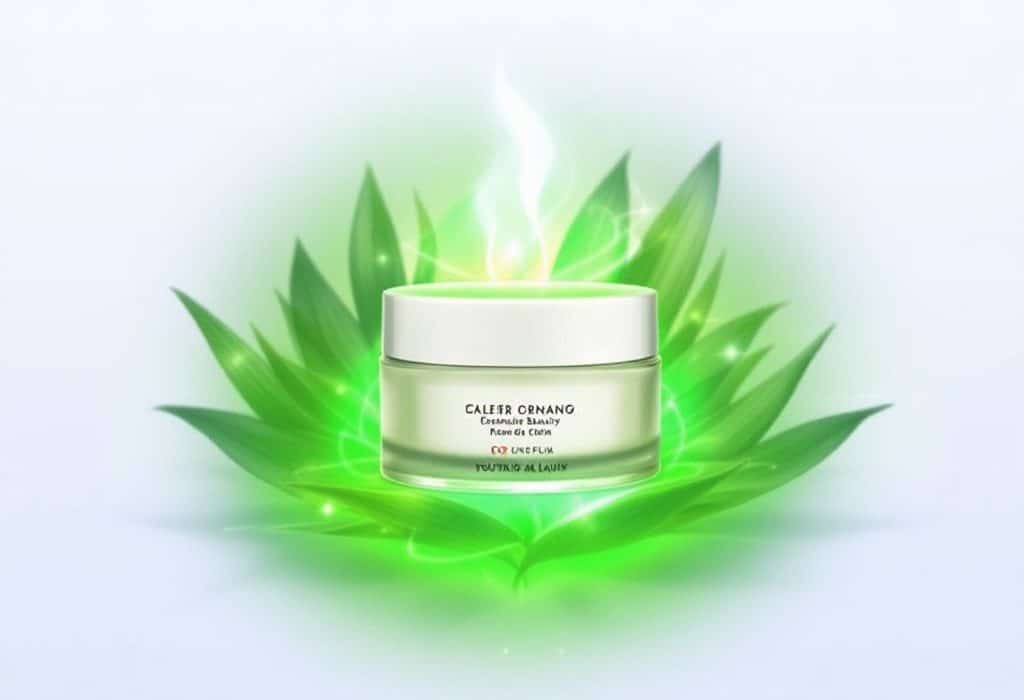In today’s rapidly evolving marketplace, where sustainability and environmental consciousness significantly influence consumer choice, the term “carbon neutral” has become a pivotal marketing claim. But how effectively do your favorite brands adhere to this assurance? 📝 This case study delves into the complex world of carbon neutral beauty brands, clarifying what this terminology truly signifies and examining whether brands genuinely meet the lofty promises they make.
Understanding Carbon Neutrality
First, let’s unpack carbon neutrality. Simply put, achieving carbon neutrality means balancing carbon emissions with carbon offsets or eliminating carbon emissions entirely. For beauty brands that declare themselves carbon neutral, the stakes are high. They must minimize their carbon footprint and essentially render any remaining emissions negligible by investment in sustainable initiatives like reforestation, renewable energy, or carbon capture technologies.
Life Cycle Assessment (LCA) in Cosmetics
🚿 A cornerstone of verifying carbon neutrality is conducting a thorough Life Cycle Assessment (LCA), a comprehensive process that evaluates the total environmental impacts of a product from cradle to grave—meaning from initial raw material extraction through production, use, and ultimately to its disposal.
Importance of LCA
- Holistic Measurement: LCA digs deeply into each stage of a product’s life, capturing everything from carbon emissions during raw material extraction and manufacturing processes, to transportation emissions, and finally consumer usage and disposal.
- Standardization: Through international standards such as ISO 14040 and ISO 14044, LCA offers a standardized method to quantify emissions and environmental impacts, enabling transparent and comparable assessments across industries.
- Informed Decisions: For brands, conducting an LCA can illuminate key areas where environmental performance can be enhanced, offering insights that drive innovation and more sustainable product development.
Real-world Example: In 2020, L’Oréal implemented a detailed LCA for its Garnier Bio line, revealing valuable insights that reinforced actionable improvements in both packaging and formulation stages.

Are Brands Walking the Talk? Real-World Evaluations
While many beauty brands have committed publicly to achieving carbon neutrality, the question remains: how effective and genuine are these claims? Let’s scrutinize some top players.
Case Study: Aveda
**Background**: Aveda, known for pioneering plant-based beauty products, declared its operations carbon neutral for several years.
- Approach: Aveda applies a blend of direct emission reductions and carbon offsets. The brand invests significantly in wind energy, which powers their primary manufacturing facility.
- Verification: Their carbon neutrality claim is backed by third-party verifications through climate-neutral certification bodies, ensuring their offsets are credible and indeed counterbalance their residual emissions.
- Challenges and Next Steps: Aveda continues to confront challenges head-on, particularly in reducing emissions across their supply chain—a crucial next frontier towards enhancing sustainable impact.
Case Study: The Body Shop
**Background**: This iconic brand promises “Enrich Not Exploit,” vowing carbon neutrality by decreasing the carbon footprint of all product packaging by 2025.
- Approach: By applying an LCA to re-engineer packaging design, The Body Shop is striving to reduce waste and emissions. Optimizing transportation routes via software solutions also minimizes carbon release during logistics.
- Commitment and Action: Certification by the Carbon Trust adds legitimacy to the brand’s declarations, confirming The Body Shop’s dedication to real environmental integrity rather than superficial greenwashing.
- Sector-Wide Impact: As LCA-recommended practices bear out, The Body Shop sets a benchmark across the industry, pushing competitors to heighten their standards.
Technical Breakdown: Verification Methods 🔍

To sift genuine carbon neutral beauty brands from wishful thinkers, a closer look at verification processes provides essential clarity.
Third-Party Certifications
Numerous certifying bodies scrutinize corporate sustainability claims, each ensuring adherence to recognized ecological standards. Key certifications include:
- CarbonNeutral® Certification: Requires thorough evidence, from precise estimation of emissions to the effective acquisition of carbon credits.
- B Corporation Certification: Measures social and environmental performance on a broad range, including sustainability practices.
Credible Offsetting
Offsets must meet specific, stringent criteria, commonly embraced by:
- Additionality: Projects must support carbon emissions reduction initiatives that wouldn’t occur without offset financing.
- Permanence: Must disclose reliable storage of offsets, avoiding ineffective or short-lived solutions.
- Auditable Transactions: All offsetting claims require careful tracking and auditable documentation, shared transparently with the assessing body.
Actionable Tips for Brands

For brands evolving on their carbon neutrality journey, here are tactical strategies to reinforce credibility and consumer trust:
- Transparency Is Key: Transparent communication regarding methodologies used, pathways to achieve neutrality, and honesty about current limitations enhance consumer engagement and trust.
- RegularLCA Reassessment: Periodic reassessment helps in tracking progress and refining efforts, harnessing the power of data for continuous improvement.
- Engagement with Stakeholders: Involving consumers, suppliers, and partners in sustainability goals fosters widespread initiatives and shared accountability.
- Reinvest in Innovation: Emphasize investment in sustainable technology and product innovation, working towards minimizing lifecycle environmental impact.
What Lies Ahead?
🔜 The path towards sustainability within the beauty industry still holds many obstacles. Greater awareness is paramount. Consumer skepticism remains a watchdog over carbon neutral claims, mandating brands to actualize integrity through visible action. Emerging technologies like blockchain could offer transparency benefits in tracing carbon offset usage and emissions calculations.
Regulatory frameworks worldwide are increasingly compelling brands to authentically disclose carbon footprints—hopefully curbing greenwashing and cultivating a genuine shift towards actual neutrality.
Closing Thoughts
As ventured in this case study, achieving bona fide carbon neutrality for beauty brands extends beyond marketing—with LCAs, third-party verifications, and transparent practices firmly in the heart of efforts. These elements serve not just the brands’ commercial interests but assertively champion planetary stewardship, safeguarding our Earth for generations ahead.
🚀 For consumers and industry professionals, understanding the full spectrum of carbon neutral claims affirms smarter decisions and fortifies a commitment that true, impactful change starts with knowledge and action.
Frequently Asked Questions
What are the benefits of using a hair mask in my hair care routine?
Using a hair mask can provide several benefits, including hydration, smoothing, strengthening, curl definition, heat protection, and damage repair. Hair masks infuse the hair with moisture, help coat the hair shaft to seal split ends, reduce breakage, and protect the hair from heat styling and environmental damage[1][4].
What ingredients should I look for in a hair mask?
Effective hair masks often include ingredients such as coconut oil, argan oil, shea butter, honey, avocado oil, green tea, and coconut water. These ingredients provide nourishment, moisturize, and protect the hair, offering benefits like softening, moisturizing, and protecting against damage[2][5].
How often should I use a hair mask in my routine?
You should use a hair mask whenever your hair feels dry, unmanageable, or in need of intense hydration. This can vary depending on your hair type and needs, but generally, using a hair mask once or twice a week can help maintain healthy and moisturized hair[1][4].
How do I apply a hair mask for the best results?
To apply a hair mask effectively, shampoo your hair first, then apply the mask, focusing especially on the ends where hair tends to be the most damaged. Leave the mask on for anywhere from 10 minutes to overnight, depending on the type of mask and your hair’s needs[1][4].
References

